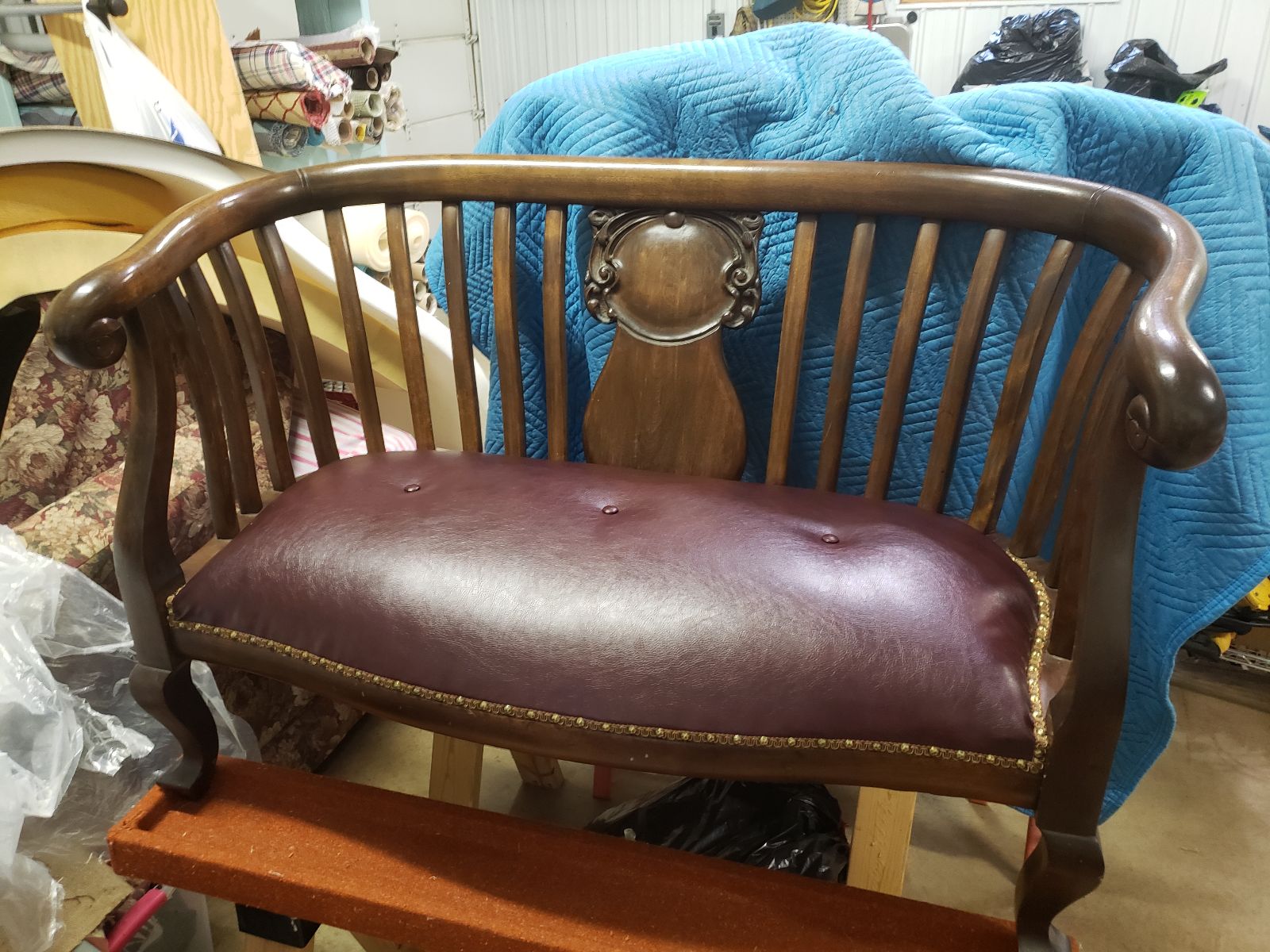🌞🌼 Call: 218 234 2852 🌼🌞
History of the Settee

The History of the Settee: A Journey Through Time
The settee, a staple in homes and public spaces alike, has a fascinating history that intertwines with the evolution of furniture design, social customs, and craftsmanship. From its humble beginnings to its modern incarnations, the settee has transformed in both form and function, reflecting the changing tastes and needs of society.
The Origins: Medieval Beginnings
The story of the settee begins in the medieval period. Early versions were simple wooden benches with backs, often used in the halls of castles and manor houses. These benches, sometimes referred to as "settles," were typically made from oak and designed for durability rather than comfort. They were often adorned with carvings and sometimes included storage space beneath the seat.
The Renaissance: A Shift Towards Comfort
The Renaissance era brought significant changes to furniture design, including the settee. As the concept of comfort became more prominent, settees began to feature padded seats and backs. The introduction of upholstery marked a significant shift, with materials like horsehair, wool, and feathers used to create more comfortable seating. The settee became a symbol of luxury, found in the homes of the wealthy and used to entertain guests.
The 17th and 18th Centuries: Baroque and Rococo Elegance
The Baroque and Rococo periods of the 17th and 18th centuries saw the settee reach new heights of elegance and sophistication. Furniture makers in France and England began to craft settees with intricate carvings, gilded frames, and opulent fabrics like silk and velvet. These settees, often part of a larger suite of furniture, were designed to be both functional and visually striking, reflecting the grandeur of the era.
The 19th Century: Industrial Revolution and Mass Production
The 19th century brought about another transformation in the world of furniture with the advent of the Industrial Revolution. Mass production techniques made settees more accessible to the middle class, and designs became more varied. Victorian settees often featured elaborate designs, with tufted upholstery and ornate woodwork. During this time, the settee became a common feature in parlors and drawing rooms, used for socializing and relaxation.
The 20th Century: Modernism and Functionalism
The 20th century introduced new materials and design philosophies that changed the look and feel of the settee. The modernist movement, with its emphasis on simplicity and functionality, led to the creation of sleek, minimalist settees made from materials like tubular steel and molded plywood. Designers like Le Corbusier, Ludwig Mies van der Rohe, and Charles and Ray Eames reimagined the settee, focusing on clean lines and ergonomic comfort.
The Present Day: A Blend of Tradition and Innovation
Today, the settee continues to evolve, blending traditional craftsmanship with innovative materials and design. Contemporary settees come in a wide range of styles, from classic Chesterfields to modular, customizable pieces that can adapt to various spaces. Sustainable materials and eco-friendly manufacturing processes are increasingly important, reflecting a growing awareness of environmental issues.
Conclusion
The history of the settee is a testament to human ingenuity and adaptability. From its medieval origins to its modern incarnations, the settee has continually transformed to meet the changing needs and tastes of society. Whether as a symbol of luxury, a functional piece of furniture, or a design statement, the settee remains an enduring and versatile element of interior design.
As we look to the future, the settee will undoubtedly continue to evolve, reflecting new trends, technologies, and cultural shifts. Yet, its rich history ensures that it will always hold a special place in the world of furniture design.
